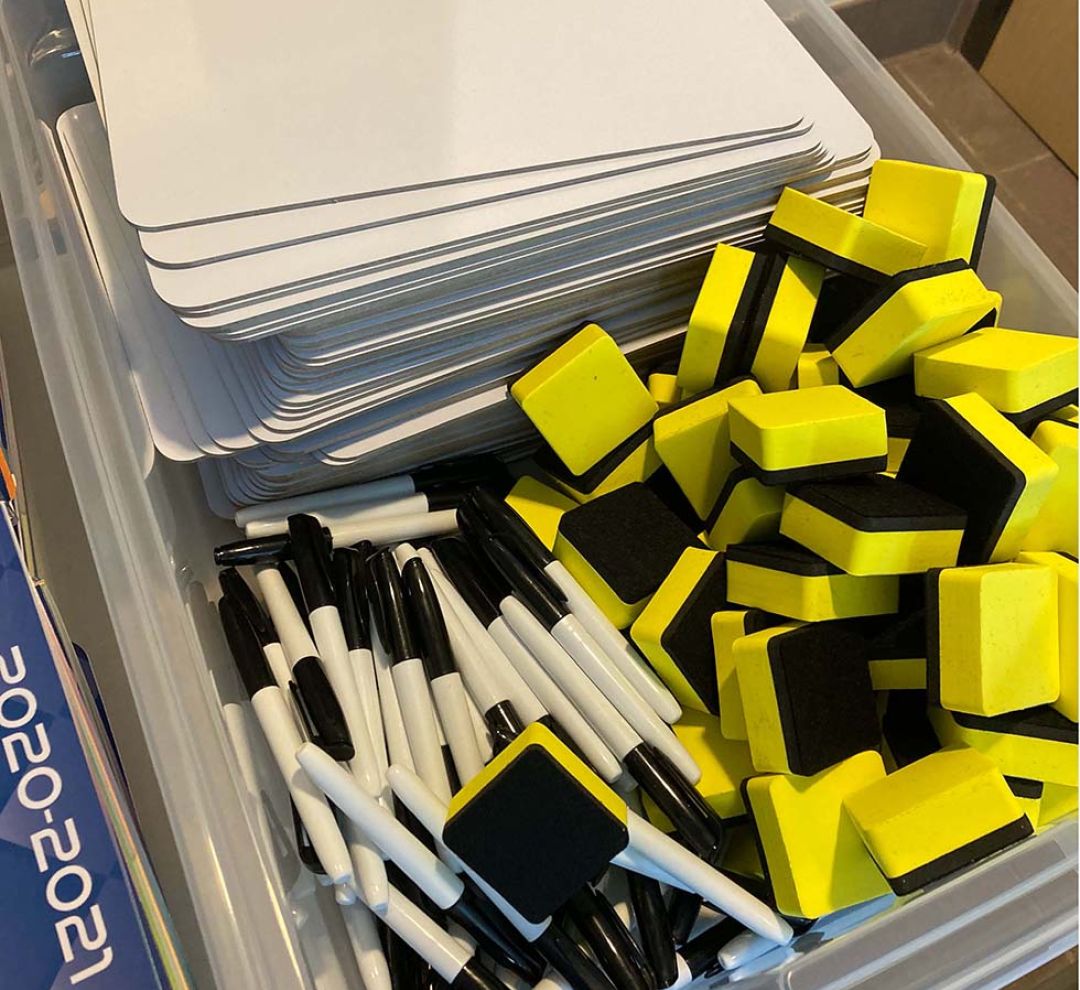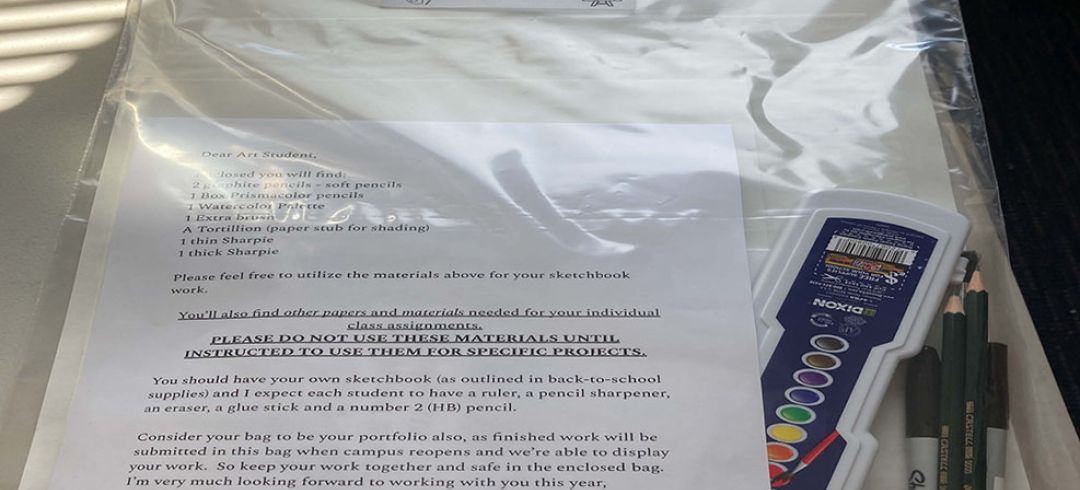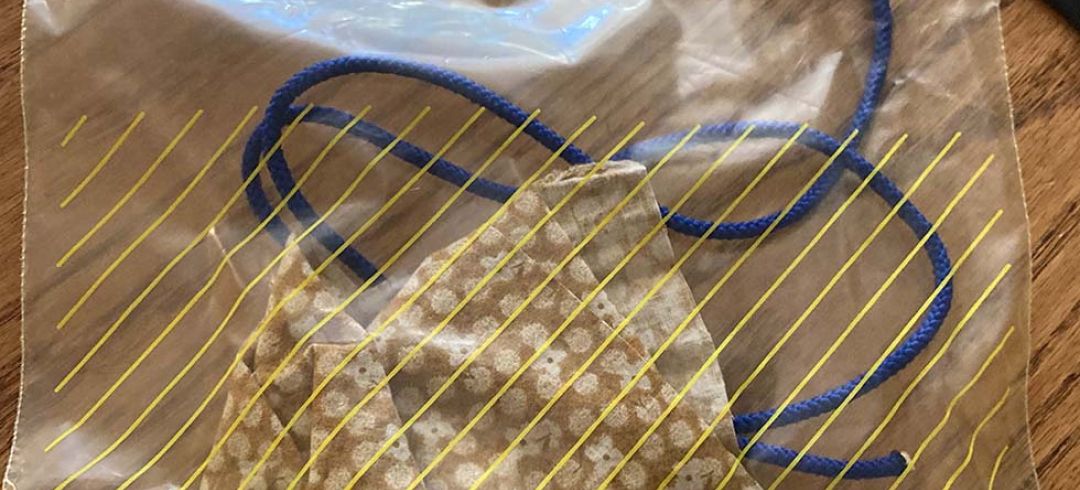


Take-Home Materials Help Remote Learning Come Alive
How do we best engage students fully and meaningfully during remote learning? How do we bring The Gregory School’s personalized, inspiring education to the virtual classroom? These are among questions our teachers and administrators worked hard to answer this summer. One result of these summer discussions is prominent at registration: kits of course-specific, hands-on materials for students to use at home as they participate in their classes.
Some classes necessitate specific tools. "Making sure each student has access to quality materials in their art course is essential as we begin the year remotely,” Middle School art teacher Julia Conroy explained of the kit she is sending home. “The MS art curriculum is exactly the same this year as any other year, with a few media adaptations. Prismacolor pencils for learning to layer, a variety of graphite pencils and a tortillion to explore value, watercolors for color theory, and quality papers to weather the media means every student has what they need to succeed."
Other kits will provide students a more in-person experience. Science teacher Helen Reynolds said, “I’m very excited to be sending home goody bags of equipment that the 8th grade, Upper School Physics, and AP Physics 1 students will be using to do their own home experiments. They'll use balloons to investigate the link between gas volume and temperature and make ice balloons, use dough to make stop-motion animations of reactions, and show, once and for all, that heavier things don't fall faster... or do they?”
Similarly, Lorie Heald’s garden-to-table class will grow plants at home: Students receive seed packets, small pots, and two different types of soil. “From home, students will plant seeds in store-bought potting soil and in compost soil created at school out of the dining hall food scraps. We will compare the difference,” Ms. Heald explained. Stagecraft students receive materials to practice hand sewing, which will culminate in sewing their own cloth masks.
Materials sent home also enable teachers to adapt subjects to the remote environment. Athletic Director and PE teacher Angela Earnhart’s fifth graders won’t start the year playing team handball in the gym, but they will exercise, build strength, balance, and coordination, and have fun. “Each 5th grader receives a PE bingo card and chips, balloons, feathers, a yarn ball, a water bottle, a jump rope, blue Solo cups, and an Emoji card. Daily activities will include flip bottle races (with exercises mixed in), feather races where students keep their feathers off the ground by using their breath (while racing around the room), using the yarn ball for target practice and basketball shooting form, and much more. The Emoji card will be used for dancing.”
Materials given to students will benefit them in ways that they won’t even realize—by enabling teachers to teach more “in-person and in the moment.” Many math and language students are leaving registration with whiteboards. Middle School math teacher Sarah Lesniak said that students are more enthusiastic about solving problems on the whiteboards than on paper and the boards are fun and engaging, but beyond this, “The whiteboards provide a quick and easy assessment of student understanding. When I walk around the classroom (or look at the boards on Zoom) I am processing many things at once: what percent of my students can do this independently? What is the most common error? Are there any misconceptions? Who needs the most support? Who can take this further? I then immediately adjust my lesson accordingly.” The boards, then, better enable teachers to provide feedback and make assessments in real time, just as they would in the classroom.
“The packets these teachers have devised are really quite amazing,” Associate Head of School Lori Patton said. “And I am delighted that we are providing them in addition to the textbooks, composition books, atlases and more that our students always receive during in-person learning.”